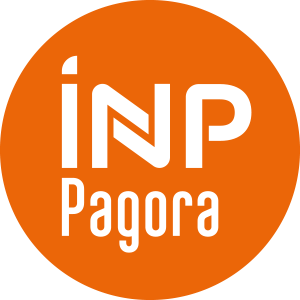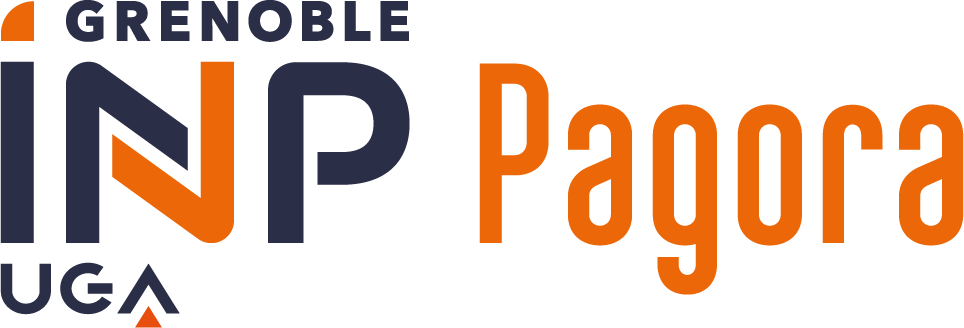Number of hours
- Lectures 7.5
- Projects -
- Tutorials -
- Internship -
- Laboratory works 18.0
ECTS
ECTS 30.0
Goal(s)
CHALLENGE: Development of a 3D object integrating an electronic circuit to light 1 or more LEDs by radio frequency communication (Antenna)
Learning outcomes :
- To test the inkjettability of an ink based on silver nanoparticles
- To measure the ability of the process to reproduce fine close-up elements commonly used in the field of printed electronics (circuit design)
- Design an electronic circuit sized to be integrated into a 3D object
- To measure the influence of the annealing time of the printed patterns on the electrical conduction properties
- To carry out electrical characterization tests of deposits
- To measure the influence of the number of printed layers
- To make 13.56 MHz RFID tags of different designs
- To optimize printing parameters (screen printing)
- To share characterization test results (RFID tags, repositories)
- To attach chips to printed antennas
Aurore DENNEULIN
Content(s)
This project is organized in several sessions of Practical Session in which 4 distinct phases follow one another:
PHASE 1: Conceptualization of the Object (Ideation)
Printing form design
Object design (3D printing / Cutting table / etc.)
PHASE 2: Printing and parameter optimization
Screen printing (Screen manufacturing)
Inkjet
PHASE 3: Characterizations
Morphological / Electrical performance / Device performance
PHASE 4: Integration of components and preparation of deliverables (ORAL / REPORTS / DEMONSTRATORS)
PrerequisitesCours:
Digital Printing (A.Denneulin)
Screen-Printing (N.Reverdy-Bruas)
3D Printing (A. Denneulin)
Printing Electronics - Applications (D.Chaussy/A.Denneulin)
Printing Electronics - Matérials (A.Blayo)
Basics in Electronics (C. Premont)
Practice:
Screen-Printing
Digital Printing
Accessibility for people with disabilities : please contact us for further information
- Specific credits: this course brings 3.5 ECTS to students in ICI - Exchange Semester - SPRING
- Specific credits: this course brings 30.0 ECTS to students in UE241A Printed electronics
Evaluation : Report + oral presentation
Course and exam language adapted to the student profile.
4 deliverables are expected:
- Booklet of Operating Procedures (Materials and Methods): 10%
- Summary document - Analysis and Discussion of results: 20%
- Delivery of SMART OBJECTS (Demonstrators): 20%
- oral presentation of the project: 50%
The final score is obtained by applying the percentages indicated.
Can not be catched-up
IN DISTANCE MODE (Health Crisis):
20%: Individual work - A scheme summarizing the key steps of the TP that include input data (processes, substrates, variable parameters) and output data (characterization data).
35%: TP group work (trinôme or quadrup): Complete and improve a partial TP report from previous years by exploiting a dataset provided.
35%: TP Group Work - Oral Exchange With Teachers 20 min. Validation of Achievements (Via Discord)
10%: Individual reflexive short text to position TP's work in the state of the art.
The exam may be taken in french or in english
The course exists in the following branches:
- Curriculum - Pagora Engineer - Apprentice - Semester 8 (this course is given in english only)
- Curriculum - International Semesters - Semester 8 (this course is given in english only)
- Curriculum - Pagora Engineer - Student - Semester 8 (this course is given in english only)
Course ID : 4FMT1115
Course language(s): 
You can find this course among all other courses.
Environmental security
Respect des consignes de sécurité énoncées au démarrage de l’activité.
Les élèves n'ayant pas suivi la formation sécurité lors de l'intégration à Pagora ne sont pas autorisés à manipuler en TP



